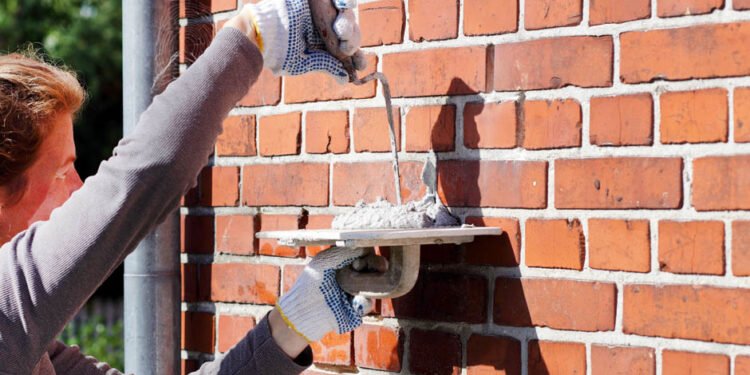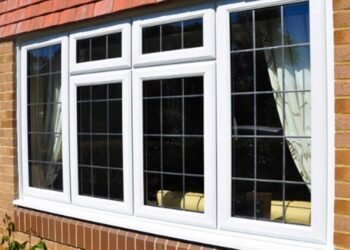Key Takeaways
- Tuckpointing is crucial for maintaining the integrity and aesthetics of masonry structures.
- This process involves removing and replacing damaged mortar, enhancing strength and appearance.
- Proper tuckpointing extends the lifespan of historic buildings.
- Understanding signs of mortar damage can help in timely maintenance interventions.
- Choosing a skilled professional is essential for effective tuckpointing.
Understanding the Basics of Tuckpointing
Tuckpointing is a refined masonry technique crucial for maintaining modern and historic brick buildings. It entails carefully cleaning old, weak mortar from the brick-to-brick junctions and adding fresh, more vital mortar compounds. This practice revitalizes the visual appeal of brickwork and enhances the structure’s capability to withstand the elements. Skilled tuckpointing contractors are essential for executing this process proficiently, ensuring that buildings remain safe and aesthetically pleasing.
Why Tuckpointing is Essential for Masonry
Preserving masonry, especially in heritage sites, is challenging yet vital. Weather exposure, environmental pollutants, and time inevitably degrade even the stiffest stonework. Tuckpointing emerges as a safeguard against these elements, protecting historic edifices’ integrity and visual charm. According to the National Park Service, effective tuckpointing prevents moisture penetration, a primary agent of decay in masonry, significantly extending a structure’s lifespan.
Identifying Signs of Mortar Deterioration
Masonry structures communicate their need for care through clear signs, often manifested in the state of their mortar joints. Common indicators include mortar cracks, crumbling or powdery residue, and noticeable voids between the bricks. Addressing these signs early with tuckpointing is crucial. Neglect can lead to progressive deterioration, causing significant structural damage that could compromise safety and incur hefty repair costs.
The Process of Tuckpointing Explained
The art of tuckpointing is a meticulous process that demands patience and precision. Initially, the old, deteriorated mortar is expertly removed using chisels, grinders, or special tools, avoiding damage to the surrounding bricks. New mortar of a suitable composition is then carefully applied, pressed into the cavities, and shaped for consistency. The final touch involves smoothing the joints for durability and a cohesive aesthetic finish.
Choosing the Right Materials for Tuckpointing
The key to good tuckpointing is the selection of suitable materials. The replacement mortar must closely match the original’s color and consistency to ensure seamless integration. This match sustains the building’s aesthetic harmony and structural integrity. Consulting masonry experts guide selecting materials that align with contemporary standards and historical accuracy, ensuring that renovations respect the building’s original façade.
Benefits of Professional Tuckpointing Services
Engaging professional tuckpointing services confers numerous advantages. Professionals are equipped with the know-how and equipment needed to complete accurate work that complements the existing stonework. Their expertise ensures that repairs mask existing issues and provide long-lasting solutions. By opting for seasoned professionals, proprietors of historic structures can trust in a restoration that honors the building’s original character and boosts its longevity and value.
Maintaining Your Masonry Post-Tuckpointing
Post-tuckpointing maintenance is as significant as the tuckpointing process in preserving masonry work. Regular inspections, ideally annually, can preemptively identify and address minor deterioration before it escalates. This proactive approach ensures that structures remain in excellent condition, thereby reducing the frequency and cost of major repair works in the future. Sustained care keeps the brick facade resilient against the advancing hand of time, ensuring the building’s historical narrative endures.












